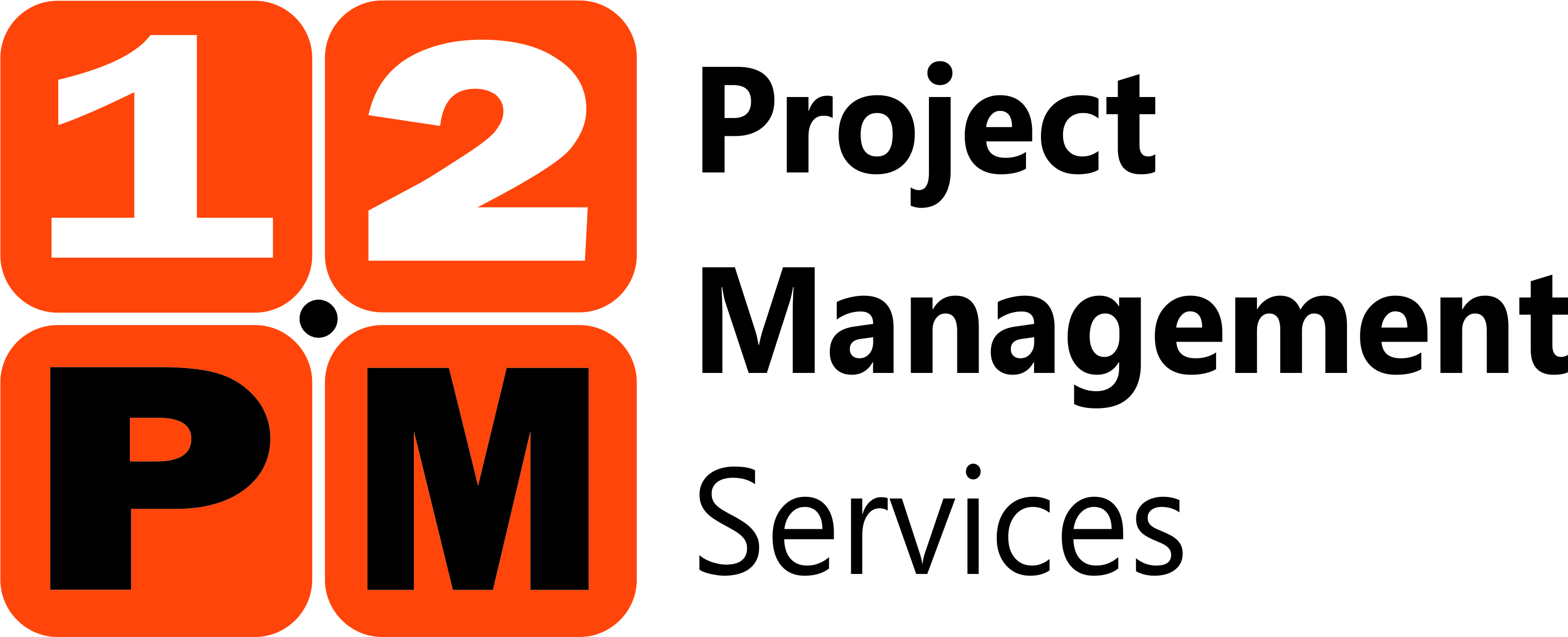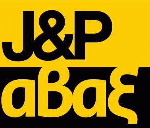PMI’s Pulse of the Profession 2015 (PMI Prusak 2015) researches, amongst other areas, the Value of Project Management through Knowledge Transfer.
 The report begins by stressing the importance of knowledge and its value as a driver for growth and success. Based on a theoretical background, that has been built throughout the last few decades, the author identifies that research on knowledge has been affected by three major trends:
The report begins by stressing the importance of knowledge and its value as a driver for growth and success. Based on a theoretical background, that has been built throughout the last few decades, the author identifies that research on knowledge has been affected by three major trends:
- Knowledge is an increasingly important factor of productivity and delivery of success.
- Wide spread use of the IT technology enables greater development, dispersion and dissemination of knowledge.
- Knowledge plays an important role in the economic environment either being the product itself of behaving as the basis for the development of products and services.
Using the aforementioned academic basis, the report focuses on examining the value of knowledge and how this is used against a specific discipline; Project Management. It acquires survey data from a large number of practitioners spread around the world and provide project, program and portfolio management services for organisations and companies within a diverse range of business focus.
The first findings of Prusak’s examination not only prove the well-known quotation that knowledge is power, but they also emphasize the importance of knowledge transfer as an organized reproduction of wisdom, experience, expertise and insights from one individual to another or from one part of the organization to another. But what is the differentiating factor that constitutes some organisations more effective to knowledge transfer against others? The answer lies in the adoption of a general model – lifecycle that comprises of five steps:
- Identify what knowledge needs to be transferred
- Capture the previously identified knowledge
- Share by building the methods for transferring it
- Apply the shared knowledge
- Assess the outcome of the knowledge that is transferred and shared
According to the Pulse of the Profession analysis, organisations that adhere to an effective knowledge transfer mechanism, like the one above, yield a 35% improvement in project results.
However, although knowledge transfer has a solid theoretical basis for the organisations, its practical implementation can import challenges and obstacles; 52% of the researched institutions state that they have higher priorities while 42% fail to recognise the value of knowledge transfer.
On the other hand, organisations that are highly effective in knowledge transfer share common characteristics:
- First, they cultivate and built an organisational culture that really values knowledge transfer. 96% of the respondents agree that a supportive culture, either alone or coupled with the respective technologies and policies, significantly improves the effectiveness of that transfer.
Nonetheless, inhibiting cultural factors, named as “frictions” by Prusak, can slow down the efficacy of knowledge transfer. Among the most common frictions the report identified lack of trust, different cultures and intolerance for mistakes. The study goes a step further and proposes, but is not limited, to potential solutions. Building of relationships through face to face or virtual meetings can overcome the lack of trust. Establishment of common training ground assists in reducing or eliminating cultural differences. Supporting collaborative approaches and creative problem solving diminishes intolerance for mistakes.
Last but not least, a very large number of the survey’s participating organisations (90% against 16% of the less effective) underlined the prevailing role of a Project Management Office in knowledge transfer as a means to improve project and program management.
- Second, effective organisations appoint someone that has the overall responsibility for knowledge transfer. 95% of these organisations have a senior manager or a director orchestrating the rhythm.
- Third, they regard people as the most valuable asset in this process. Highly committed employees are willing to openly share what they see and know and also to contribute into the decision making of what knowledge is mission critical at the present and what has the longest lasting positive effects on projects and programs. Within this characteristic, the study finds that in more than half (57%) of the organisations the staff members are willing to share their knowledge. For the most effective organisations at knowledge transfer this number goes up to 90%.
There are many ways or strategies for an organization to transfer knowledge. The one or ones selected should best cater for the organisation’s specific needs and the knowledge content. However, within its context, this report defined a lifecycle of knowledge transfer that has already been presented above. The results of this study reveal that a large number of organisations (almost two-thirds) implement the three first steps (Identification, Capturing and Retaining, Sharing) while only few follow the last two (39 % the Application and only 27% the Assessment).
Further investigation revealed two main reasons that lead organisations into avoiding the last two steps; Lack of resources (either human or systems) and management unwillingness to support knowledge transfer.
The most effective organisations accomplish all five stages using a wide variety of methods and approaches to complete the full lifecycle.
Identify Knowledge that aligns with organizational strategic objectives and is more relevant to current situation. During their project management activities, organisations generate large volumes of information that may be labeled as knowledge. But, how can one distinguish which is essential and needed and which is not? Where do organisations rely? The Pulse of the Profession findings show that the majority of them consider the project manager as the most important contributor (72%) into identifying which knowledge should be transferred. Other also high scoring techniques include employees’ self-assessment, industry practices – benchmarks, identification of current gaps in documented content/knowledge and performance statistics.
Capture and Retain Knowledge. The most commonly used approach to capture and retain knowledge is through the documentation of lessons learned and debriefings (81% of responses). Other widespread ways include subject matter experts, required documentation for project closure, the company intranet, knowledge transfer workshops, and mentoring. Most of the examined organisations used multiple approaches to achieve better results.
The study also reveals that almost four in five organisations (80%) consider extremely important to capture internal generated knowledge. Contrary, that number falls to half (40%) when considering capturing and incorporating external knowledge or research in the area of project management.
Sharing Knowledge. Around 70% of the organisations make their knowledge available. How is this achieved? Responses differentiate, but the ones that appear most include means like intranet search engines, peer-review processes, informational networking/outreach, and post-implementation reviews.
Additionally, the ways selected to share knowledge, depict the level of effectiveness in knowledge transfer. Most effective organisations utilise more than one method and they prefer the ones that offer a more interactive process that facilitates a direct knowledge transfer.
Apply Transferred Knowledge. This is an often challenging step that makes use of the available technology to facilitate the application of the transferred knowledge. Nonetheless, it is important to remember the central role of humans in the knowledge transfer process and that all kinds of systems are there to support and not to replace the people. Inventories of knowledge assets, searchable databases of lessons, HR systems tracking of competences and experiences and knowledge transfer-related software resources are among the tools that were identified by large number of the study’s participants.
Assess the Benefits of Knowledge Transfer. This is the final step in the lifecycle. It is often the hardest one but yet it brings the higher benefit. Only a 27% of the involved organisations evaluate the outcome of their knowledge transfer process. Many find it difficult to measure since the value is not easily quantified. 76% of the organisations that apply effective knowledge transfer assess project success rates to determine the value of their programs. Quality of deliverables as a metric achieves exactly the same percentage (76%) while the project efficiency (person-hours) receives a lower acceptance (63%).
Conclusion
Knowledge transfer, especially in the function of project management, is an ongoing process of applying, adjusting and improving through the alignment with the organisation’s culture, leadership and people and the adoption of the five-step lifecycle.
In closing, this study becomes gap filler to provide an understanding of the importance of knowledge transfer as a support mechanism to project success. Its findings and presented methods can become a useful tool in the hands of project management practitioners and organisations.
Pulse of the Profession® is PMI’s annual global survey of project, program and portfolio managers that charts the major trends in project management.
Bibliography
PMI Prusak, L 2015, ‘Pulse of the Profession 2015 – Capturing the Value of Project Management through Knowledge Transfer’, Project Management Institute.



